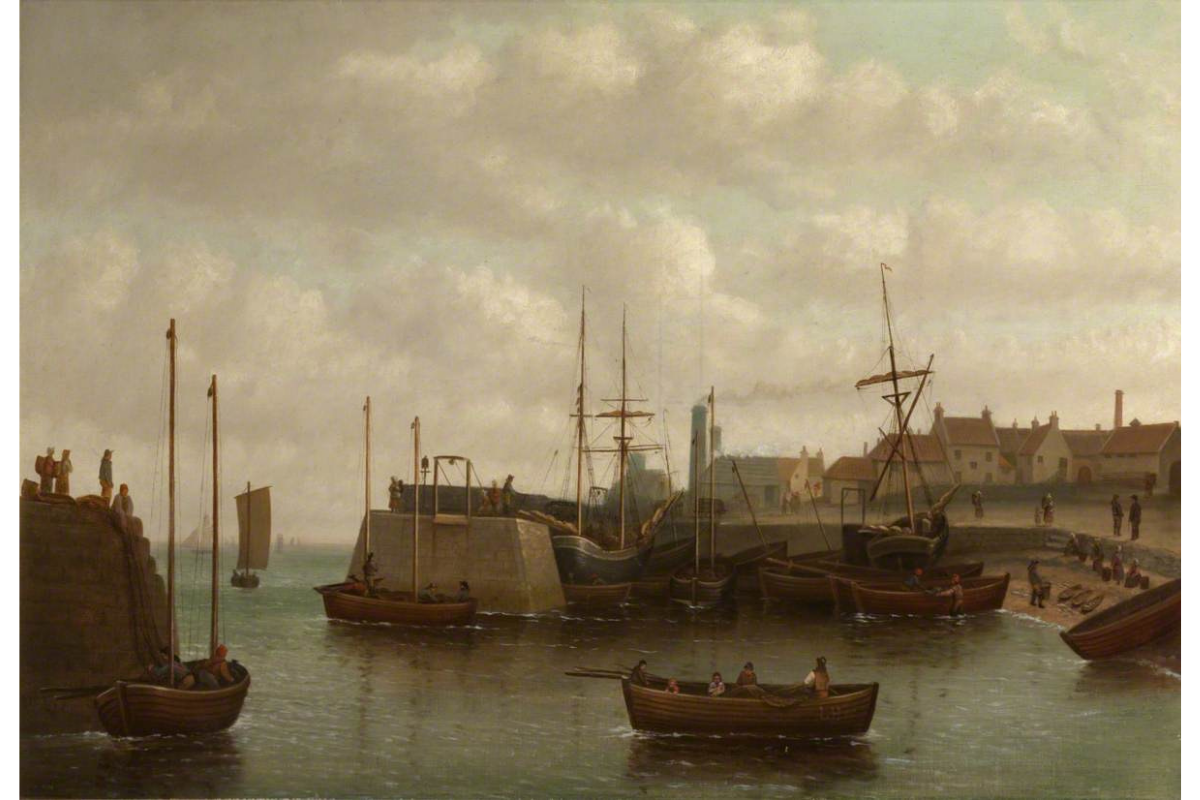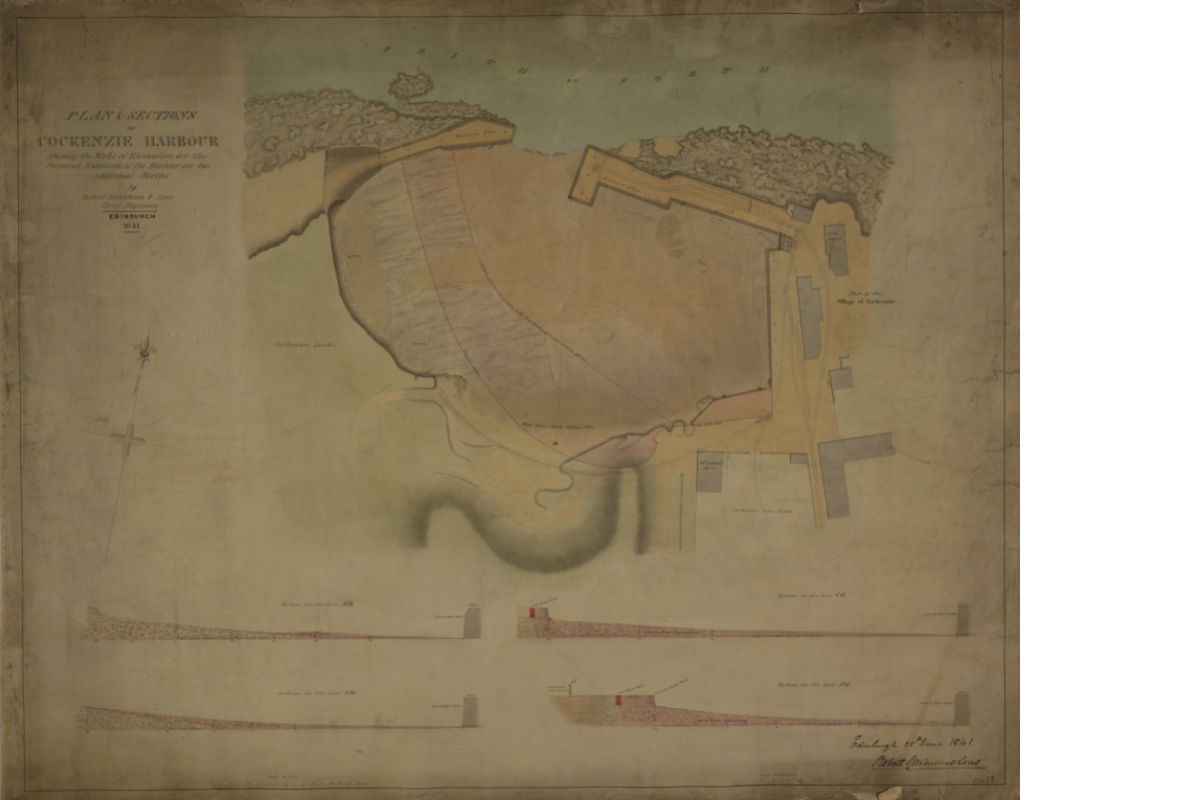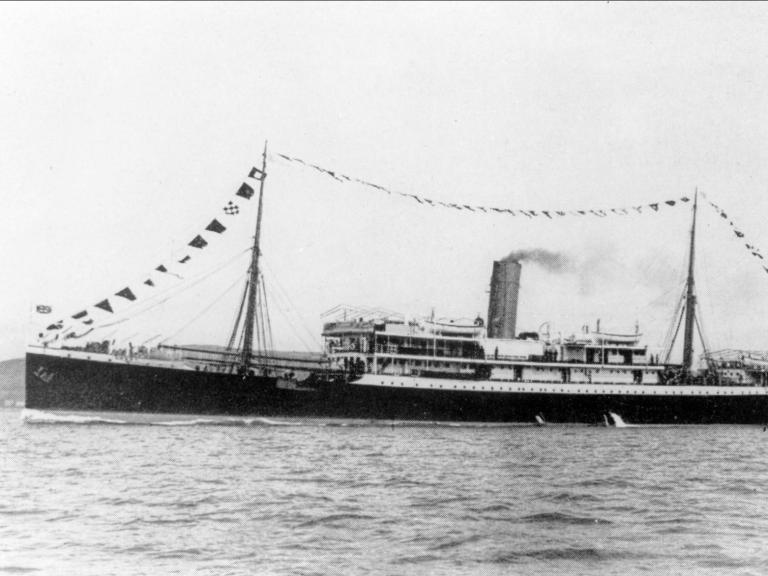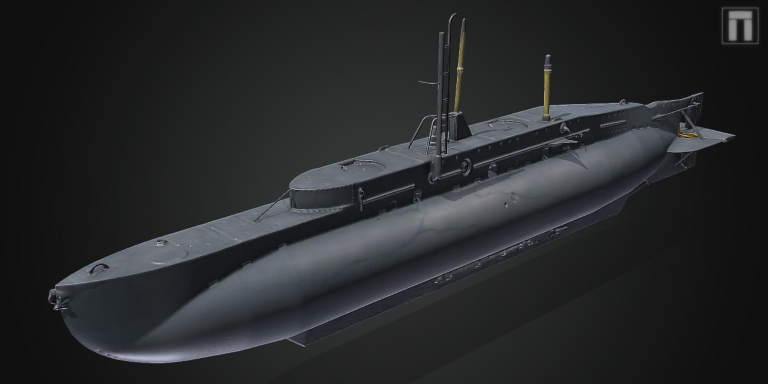UAV Survey, conservation management plan and community consultation
Working with our project partners 1722 Waggonway Heritage Group, Wessex Archaeology were proud to have been awarded Year of Coasts and Waters funding by Historic Environment Scotland to produce a conservation management plan and community engagement for the historic harbour at Cockenzie, East Lothian.
This project will highlight the significance of the harbour and its historical links, as well as identifying the phasing of the harbour and any fabric issues which may exist. It will then outline sustainable conservation management methodologies as well as working with the local community in raising the profile of the harbour and its potential.
The Harbour
Cockenzie Harbour was first mentioned in records from 1565 and was related to the salt pan industry in the area. The current western harbour site was not always the focus of port activity, with the area known as the Boat Shore further east likely to be the earliest beaching point for the settlement. A more exposed harbour was constructed further east again, possibly around the area of the current Port Seton harbour.
Due to repeated storm damage and issues with a narrow entrance restricting shipping this harbour was rebuilt and enlarged by the York Buildings Company in 1722, who also installed the waggonway between their coal mines at Tranent and the harbour- Scotland’s first railway which is celebrated by the 1722 Waggonway Heritage Group. The harbour, mine and waggonway were bought by the Cadell family in 1774 who moved operations to the western harbour site and both waggonway and harbour were rebuilt in the 1830s to plans designed by Robert Stevenson and Sons, the famous Scottish engineers.


Left: a 19th century painting of Cockenzie Harbour (Copyright John Gray Centre)
Right: the Stevenson design of Cockenzie Harbour (Copyright National Records of Scotland)
Much of the current layout is still from this period, and community excavations over the past 4 years have demonstrated that signs of the infrastructure for the waggonway are still present within the harbour fabric, although most are covered by later additions or repairs. The material evidence for the waggonway is of national significance to the industrialisation of Scotland, and the interlinked nature of industries within this part of East Lothian is all part of the story of the harbour, which was a vital part in the import and export of materials and goods in Scotland during the 19th century.
Our work so far
An aerial survey, commissioned by East Lothian Council, has been used to prepare accurate plans, sections and elevations of the harbour and identify areas of fabric decay. The Conservation Management Plan (CMP) draws on the huge amount of research already completed by the 1722 Waggonway Group, alongside Wessex Archaeology’s in-depth industry experience in providing sustainable heritage support within the marine environment. Data collection for the CMP was begun during the winter of 2020 and spring of 2021, with in-person community events and consultations on the harbour planned during the summer and autumn of 2021.
Above: Waggonway excavations at Cockenzie (Copyright 1722 Waggonway Heritage Group)
So far historic maps and aerial imagery has been consulted as well as archive searches in the National Library of Scotland, National Records of Scotland and the East Lothian Historic Environment Record. A big part of the work has been collating the information held by the 1722 Waggonway Group alongside inspecting the current physical condition of the harbour and its components. Consultation with identified interest groups and individuals has begun and has proved invaluable for understanding the unique set of threats and opportunities the harbour has. If anyone would like to discuss these further please email the project lead Ben Saunders here.
Upcoming public display and consultation
The first public event for the CMP project will be a pop-up display/information event at the Waggonway Museum in Cockenzie during the 3 Harbours Arts Festival on the weekend days between 3rd-11th July. This display will introduce the history of the harbour, identify the known areas of significance and open the discussion on what aspects of the harbour are important to the local community and to heritage groups in the area.
Above: a view of the Harbour's western breakwater (Copyright Wessex Archaeology)
It will also look to gather information on what members of the local community would like to see done with the harbour in the future and begin to put together suggestions for sustainable management of the asset. If you are unable to attend in person, it would be great to hear your memories, knowledge and ideas for the future of the harbour- please fill in our consultation survey here.
We hope to be able to present the feedback from this and formal consultations with local interest groups during the Waggonway Big Dig in early September.
By Ben Saunders, Senior Marine Archaeologist

